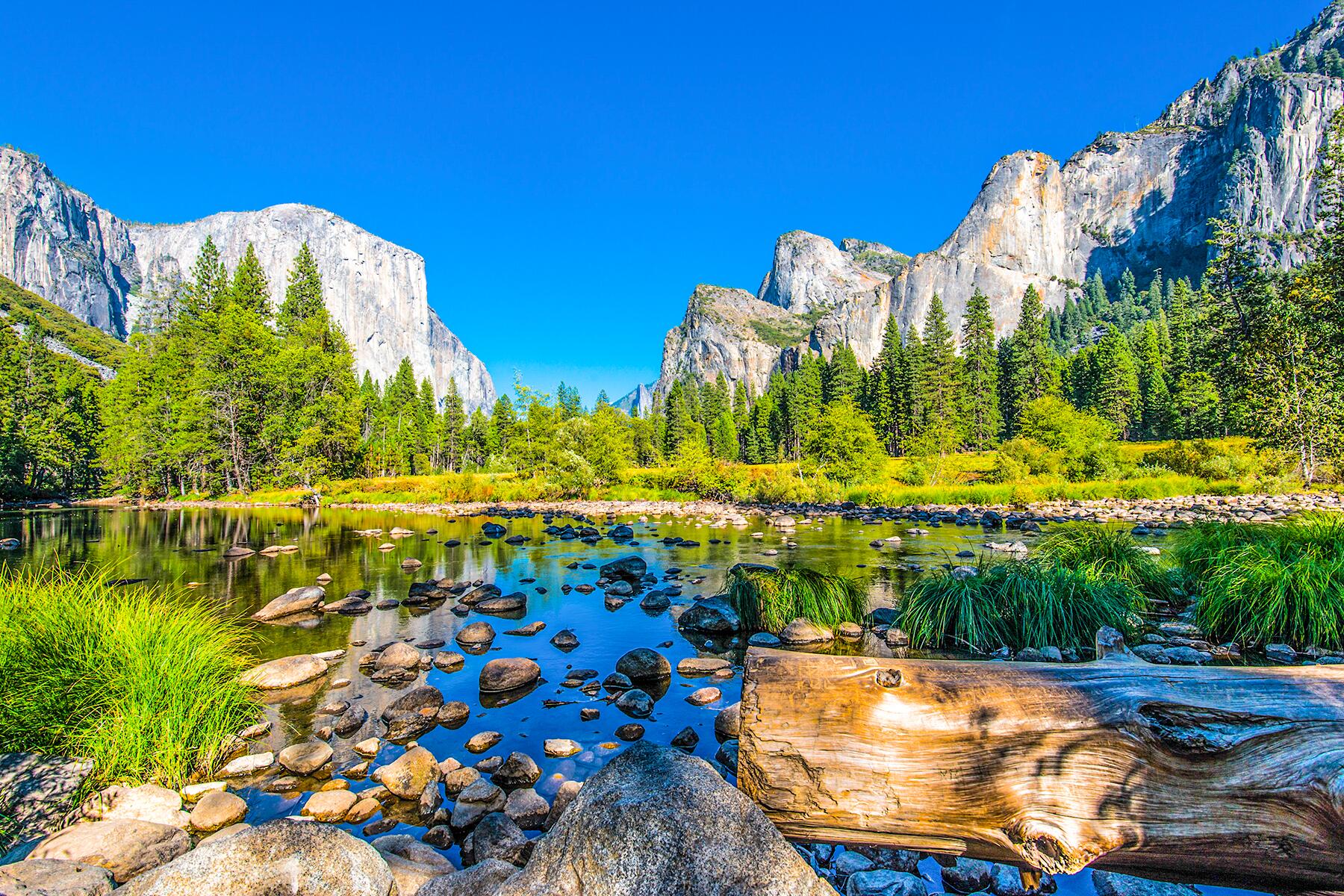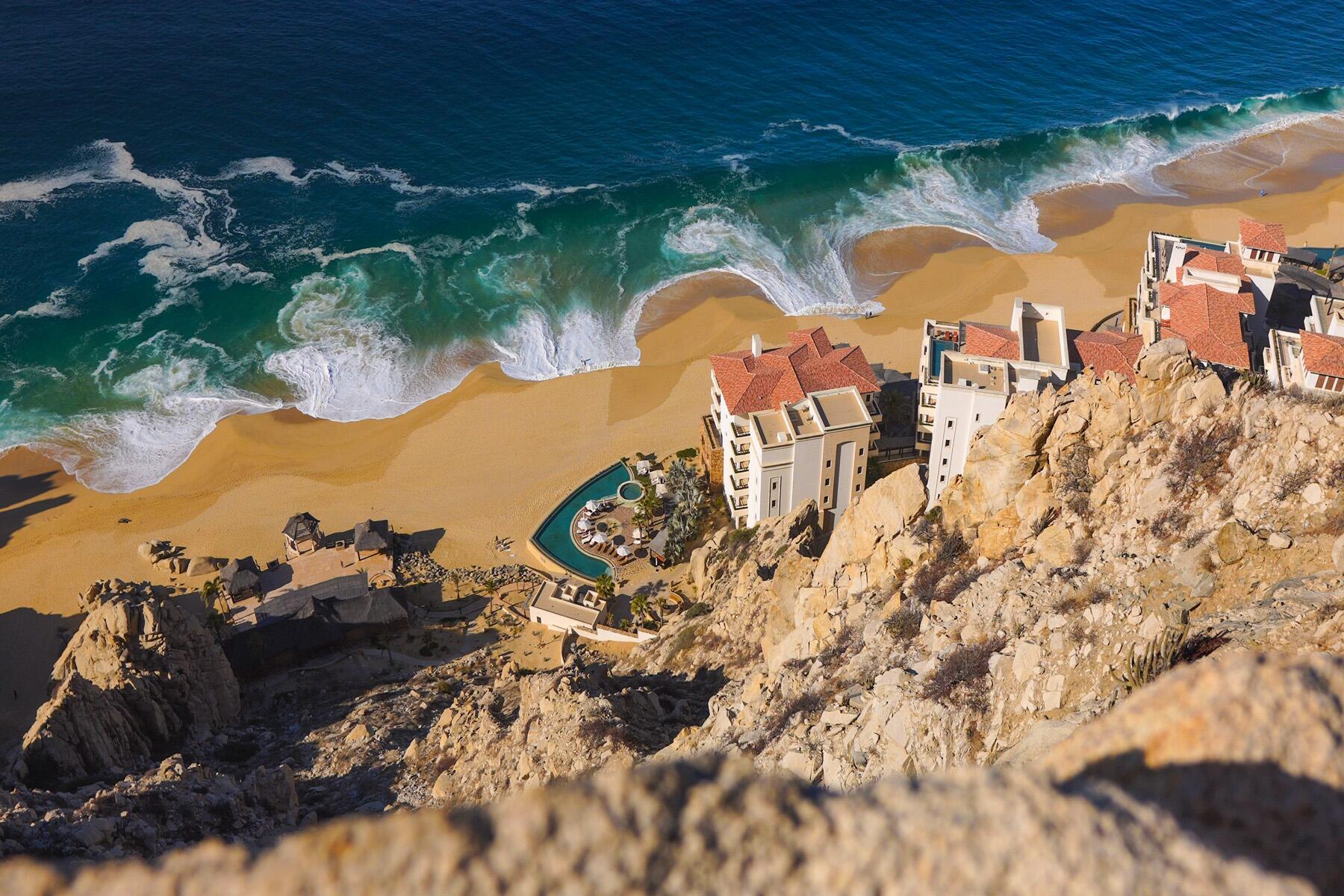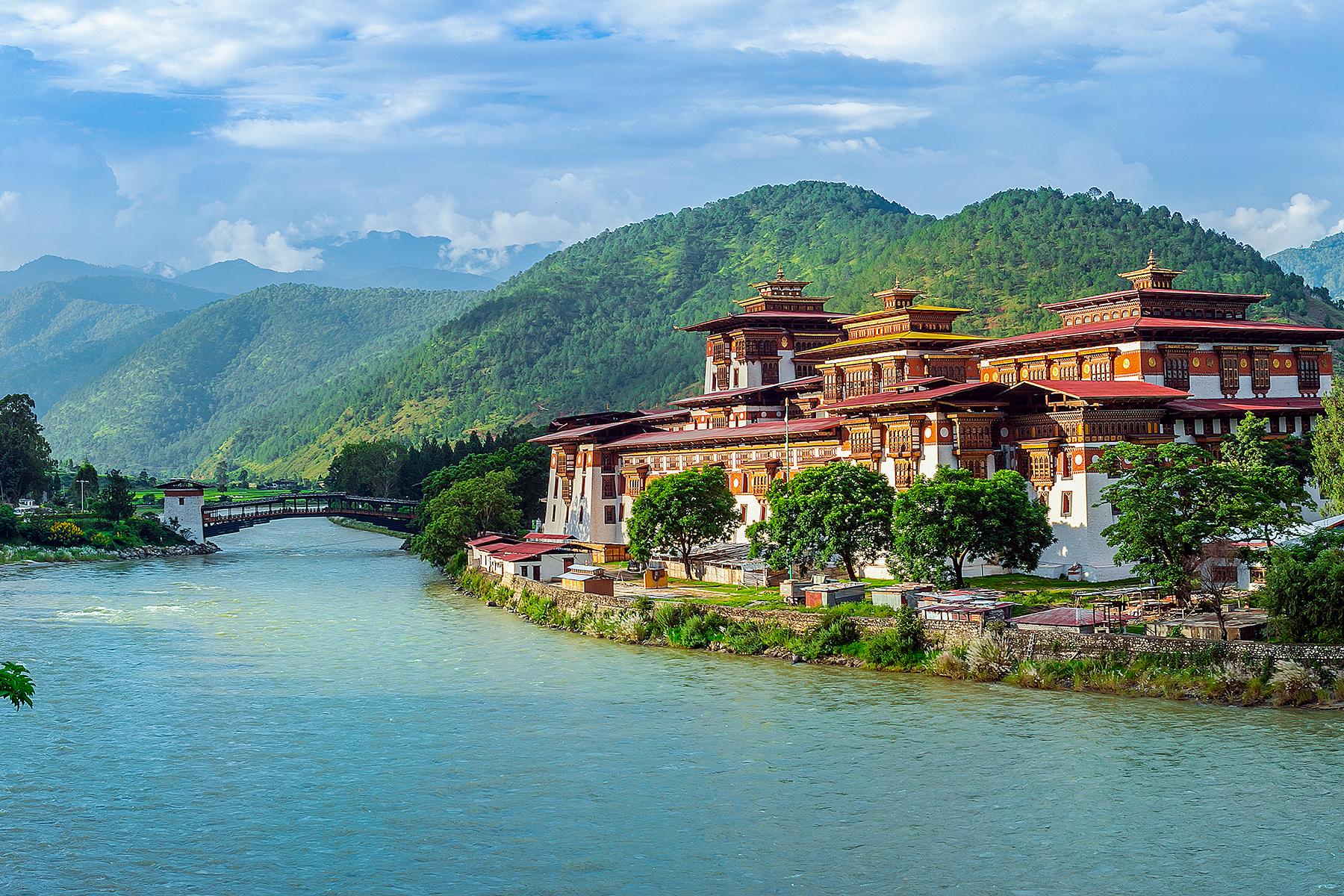Here’s how to navigate your way in one of the most isolated and beautiful countries on earth.
Nestled between the populous powerhouses of China and India, the much quieter Buddhist nation of Bhutan contains no traffic lights, focuses on the citizens’ happiness levels instead of the Gross National Product, and forbids smoking in public. You should consider a visit now before sizable road construction endeavors bring big city issues like pollution and potential culture loss to this incredible country.
Here’s how to prepare for an unforgettable trip.




